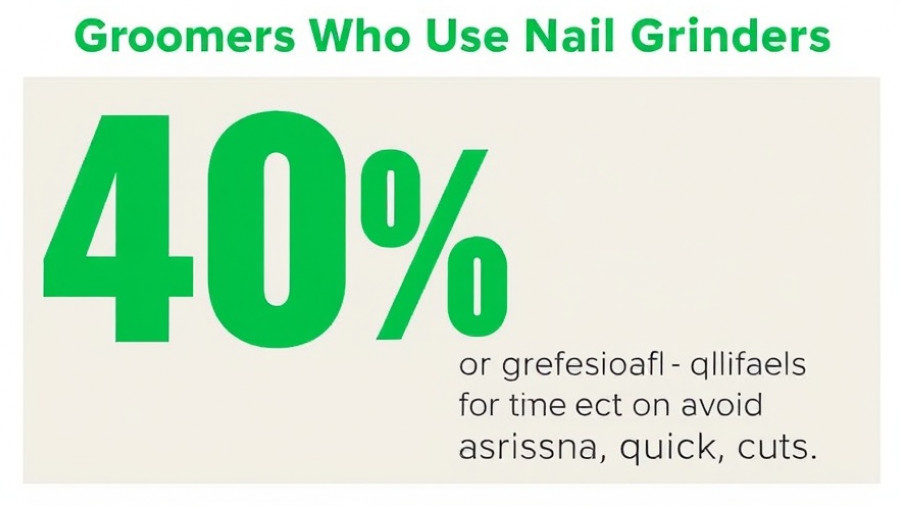
Understanding the Unique Needs of Safety Dogs
Safety dogs serve critical roles, often facing conditions and challenges that demand more specialized care than typical pets. From police and military dogs to search and rescue canines, these working dogs push their bodies to the limit. According to the American College of Veterinary Sports Medicine and Rehabilitation, regulatory standards highlight that these dogs require up to three times the caloric intake of their more sedentary counterparts. In active duty, protection dogs may need as many as 4,000 calories a day to maintain peak performance.
Specialized Nutritional Requirements
Providing proper sustenance is vital. Just as elite human athletes rely on rigorous dietary regimens, working dogs benefit hugely from tailored nutrition. High-fat, high-protein diets not only promote muscle growth and endurance but also help prevent injuries caused by fatigue and stress. Regular veterinary assessments can guide owners in adjusting dietary needs based on activity levels and physiological demands, which are crucial during high-intensity tasks.
The Importance of Tailored Physical Conditioning
Physical fitness for safety dogs should resemble that of human athletes. Experts suggest a structured fitness regime that includes cardiovascular workouts and strength training to prevent injuries and promote longevity. Achieving this involves over 90 minutes of aerobic activities plus targeted strength training each day, mitigating risks like muscular imbalances and wear from the rigors of their tasks. The right training not only helps the dogs perform better but can also reduce the risk of injuries that may sideline them.
Mental Health Matters for Working Dogs
While physical training is essential, the mental wellbeing of safety dogs is just as crucial. High-stress environments can lead to conditions such as anxiety and hypervigilance. To combat these issues, handlers should implement mental stimulation techniques such as puzzle toys, interactive games, and controlled exposure training. Regular behavioral assessments can help reinforce mental resilience and emotional stability, crucial for a safety dog tasked with making life-saving decisions.
Essential Equipment for Enhanced Safety
Just as astronauts need specialized gear for space travel, safety dogs require specific equipment to perform optimally and safely. Custom-fitted ballistic vests, rated for NIJ Level IIIA protection, can dramatically reduce the likelihood of injury from could-be fatal encounters. Additionally, tactical harnesses designed for the physical demands of apprehension prevent common injuries associated with standard equipment. Such protective gear should not just fit well but also allow for freedom of movement—a critical aspect of a dog’s ability to perform in high-pressure scenarios.
Recognizing Environmental Risks
Safety dogs also face unique hazards in the field, such as extreme temperatures or exposure to harmful substances. Adequate training for heat stress management is crucial, with cooling vests and regular hydration included in their gear. Such preventative measures will prepare dogs for the high-stress environments in which they operate, where neglecting these needs could result in serious health repercussions.
Commitment to Lifelong Health and Performance
Investing in a safety dog means committing to their health and performance throughout their working life. The challenges they face are significant, but so too are the rewards for those who dedicate themselves to their care. By understanding their unique health needs and providing specialized training and equipment, handlers can ensure that their safety dogs remain service-ready for years to come.
As safety dogs continue to serve in vital roles, their wellbeing should be a priority for all stakeholders involved. Owners and trainers must educate themselves continuously, adjusting care practices according to advancements in veterinary science and canine training methodologies. Being proactive today protects these invaluable working dogs for tomorrow.
Call to Action: Support Your Safety Dog's Health Today
To deepen your knowledge about maintaining your safety dog’s health and performance, invest time in research and potentially reach out to experts for tailored guidance. The right approaches can have profound impacts not only during their working years but also in their overall quality of life. Together, let’s ensure that our brave canine companions remain healthy and safe.
 Add Row
Add Row  Add
Add 




Write A Comment